The Historic Center of Macao
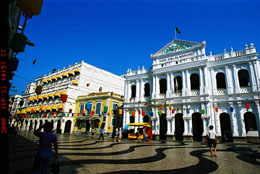 |
The settlement of Macao by Portuguese navigators, in the mid-16th century laid the basis for nearly five centuries of uninterrupted contact between East and West. The origins of Macao’s development into an international trading port make it the single most consistent example of cultural interchange between Europe and Asia. “The Historic Center of Macao” coincides with the heart of the western settlement area, also known as the “Christian City” in history.
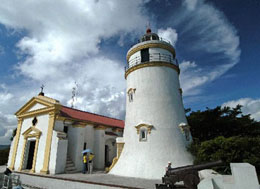 |
People of different nationalities came, bringing their own cultural traditions and professions, permeating the life of the city as can been seen in both intangible and tangible influences. Since the mid-16th century, Macao has developed a visible dual culture which continues even now, and this cultural accommodation is seen in the city's history, administrative structures, as well as in physical features like architecture, gardens and public spaces.
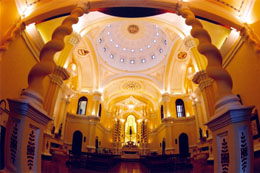 |
These major urban squares and streetscapes provide the linkage for a succession of over 20 monuments, including A-Ma Temple, Moorish Barracks, Mandarin's House, St. Lawrence's Church, St. Joseph's Seminary and Church, Dom Pedro V Theatre, Sir Robert Ho Tung Library, St. Augustine's Church, "Leal Senado" Building, Sam Kai Vui Kun Temple, Holy House of Mercy, Cathedral, Lou Kau Mansion, St. Dominic's Church, Ruins of St. Paul's, Na Tcha Temple, Section of the Old City Walls, Mount Fortress, St. Anthony's Church, Casa Garden, the Protestant Cemetery and Guia Fortress (including Guia Chapel and Lighthouse).
On July 15, 2005, the site was inscribed on the World Heritage List as a cultural property at the 29th session of the UNESCO's World Heritage Committee.
Strolling through "The Historic Center of Macao"
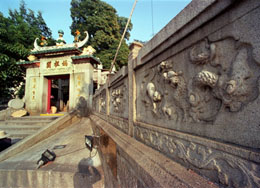 |
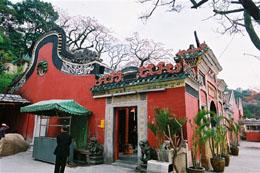 |
Moving down Tronco Velho Lane to Almeida Ribeiro Avenue, the narrow streetscape opens onto the main city square – Senado Square. Situated at one end, the “Leal Senado” Building has a commanding view overlooking the entire square, flanked on both sides by South European-style buildings with the glimmering white façade of the Holy House of Mercy standing in its midst. Tucked behind the commercial shop fronts to the left of the Leal Senado Building is the Sam Kai Vui Kun Temple.
 |
Ascending from the base of Mount Hill from this urban piazza along Palha Street, the bluestone cobbled road leads to the grand façade of the Ruins of St. Paul’s, with Mount Fortress to the side of it. Behind the majestic church front, is the miniature Na Tcha Temple and Section of the Old City Walls. Further down the hill, the linear route ends at St. Anthony’s Church, the Casa Garden and the Protestant Cemetery. Standing on the highest hill of Macao Guia Hill, Guia Fortress, Chapel and Lighthouse are visible along the skyline of the peninsula.
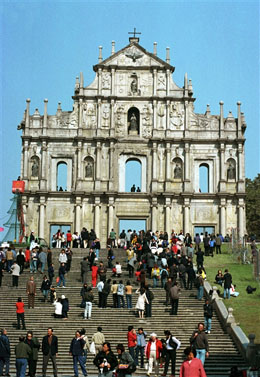 |
Cultural Affairs Bureau of the Macao Special Administrative Region Government
Tel: 853-5993137 5993162
(Sources: Cultural Affairs Bureau of the Macao SAR Government September 5, 2005)
 0
0 







Go to Forum >>0 Comments